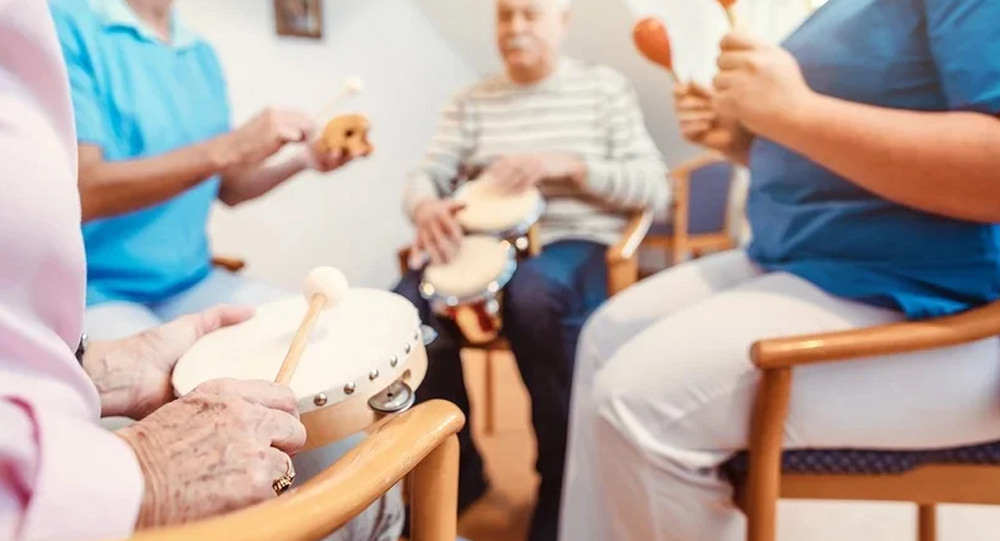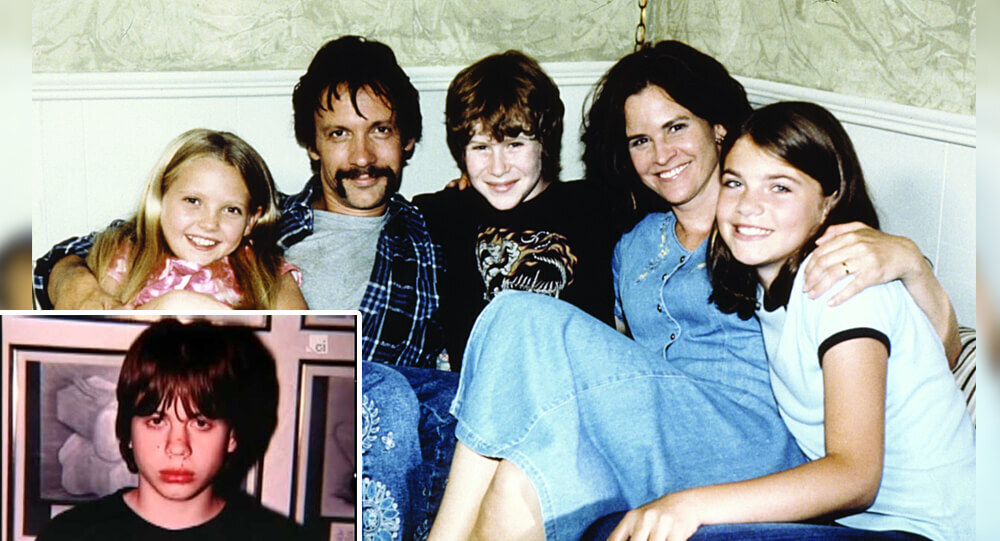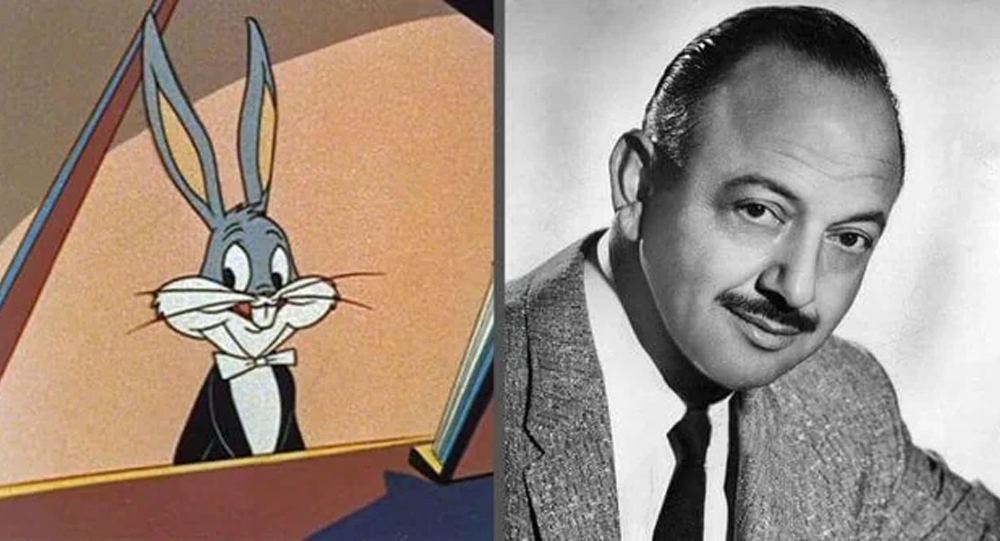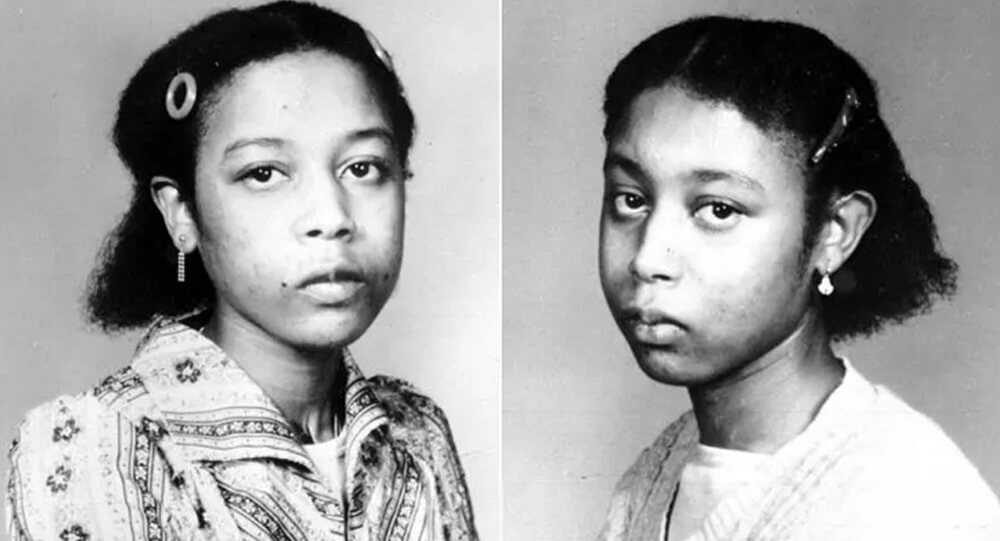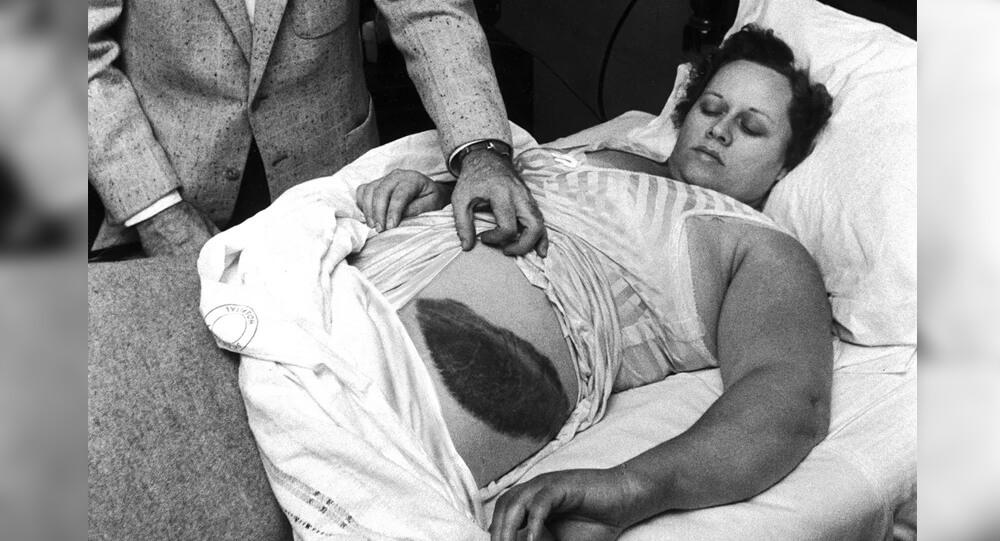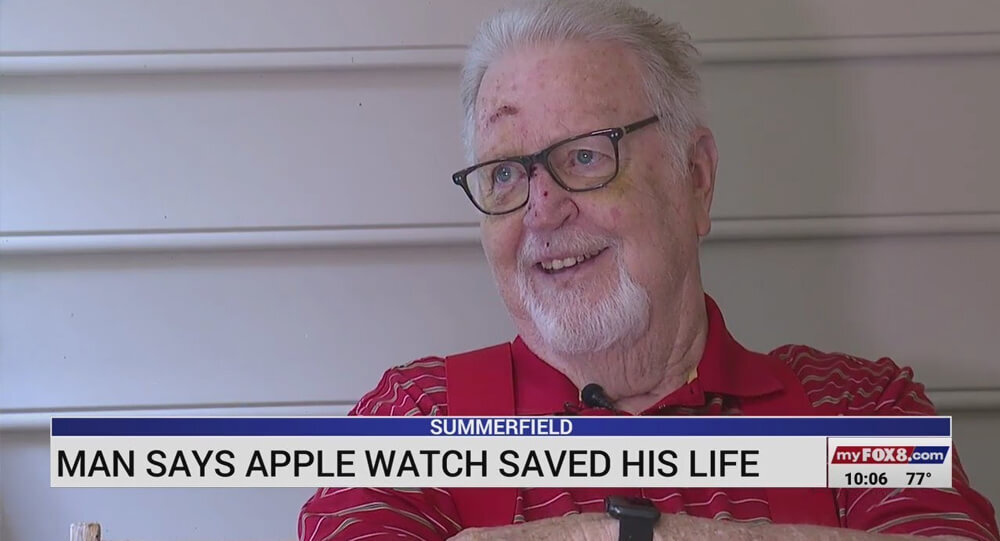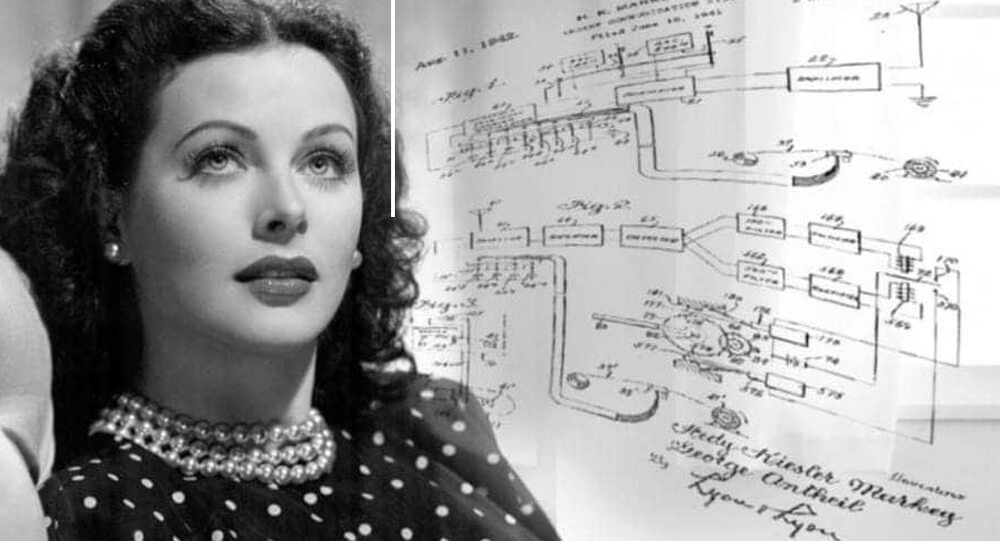Imagine a hospital room where instead of just beeping machines and clinical silence, soothing melodies and rhythm fill the air. That’s the transformative power of music therapy—an evidence-based treatment that uses music to promote healing and improve quality of life. From easing pain after surgery to reducing anxiety in patients with PTSD, music therapy has evolved into a vital complementary treatment across healthcare settings worldwide. So how exactly does music help the brain and body heal? Let’s tune into the science and stories behind this fascinating field.
What Is Music Therapy and How Does It Work?
Music therapy is a clinical practice where trained professionals use music interventions—such as singing, playing instruments, composing, or listening—to address therapeutic goals like pain relief, stress reduction, and cognitive rehabilitation. It is tailored to each patient’s unique needs, making it a versatile tool across ages and conditions.
The underlying magic lies in how music engages multiple brain regions linked to emotion, memory, movement, and attention simultaneously. Listening to or creating music stimulates dopamine release—the brain’s “feel-good” neurotransmitter—boosting mood and motivation. It also modulates the autonomic nervous system, lowering heart rate and blood pressure to promote relaxation.
Studies show that rhythm can help retrain motor pathways, which is why rhythm-based music therapy is powerful for stroke or Parkinson’s disease rehabilitation. Meanwhile, lyrical music taps deep into language centers, aiding recovery in aphasia patients. The multisensory and emotional connection music fosters makes it a unique channel for healing where traditional therapies might fall short.
Physical Rehabilitation and Pain Management
One of the most well-documented roles of music therapy is in physical recovery. For patients recovering from surgeries, injuries, or strokes, music therapy can improve movement, coordination, and endurance. Research reveals that patients engaged in music-assisted exercises demonstrate better motor control and faster functional recovery.
Music also acts as a natural painkiller. The distraction and pleasure it provides reduce perceived pain intensity and anxiety associated with painful procedures. Hospitals increasingly use music therapy during wound care, chemotherapy, and childbirth to decrease reliance on medications and improve patient comfort.
A fascinating study found that post-operative patients who listened to music reported significantly less pain and used fewer opioids than those who didn’t. Beyond pain, music helps reduce inflammation and improves immune response, contributing holistically to recovery.
Mental Health Support: Anxiety, Depression, and PTSD
Beyond physical ailments, music therapy plays a vital role in managing mental health conditions. Anxiety and depression are prevalent challenges, especially in chronic illness settings. Music therapy provides an outlet for emotional expression, reduces cortisol levels (the stress hormone), and fosters social connection—key components of mental wellness.
For trauma survivors, especially those with PTSD, music therapy offers a non-verbal medium to process distressing memories and rebuild trust. Combining mindfulness and rhythmic elements, therapists help patients regulate emotions and develop coping mechanisms.
Group music therapy sessions add social engagement benefits, counteracting isolation and supporting community—a crucial factor in recovery and long-term mental health.
Cognitive Benefits and Neuroplasticity
One of the most exciting frontiers in music therapy is its impact on cognition and brain plasticity. Neuroplasticity—the brain’s ability to reorganize and form new connections—is central to recovery in conditions like stroke, dementia, and traumatic brain injury.
Music-based interventions can enhance memory recall, attention span, and processing speed. In Alzheimer’s patients, familiar melodies evoke vivid memories and improve mood, sometimes breaking through severe cognitive decline.
Moreover, rhythm and melody stimulate brain regions involved in executive functions, language, and sensory processing. Regular music therapy sessions encourage brain rewiring that supports improved cognitive function and slows mental deterioration.
Fascinating Trivia About Music Therapy
- Music therapists often tailor rhythms to a patient’s heartbeat or breathing, syncing music to optimize therapeutic impact.
- Music therapy dates back thousands of years—ancient Greeks used music to heal the mind and body.
- Studies show that even premature infants exposed to soothing music gain weight faster and have more stable heart rates.
- Some military hospitals use music therapy to help injured veterans reintegrate emotionally and socially.
- Famous composers like Mozart and Beethoven have been posthumously linked to “music therapy effects” through the so-called Mozart effect—though modern science provides a more nuanced understanding.
Final Thoughts: The Harmonious Path to Healing
The role of music therapy in healing and recovery is a compelling blend of art and science. It leverages the universal language of music to unlock the body’s natural healing potential, providing an accessible and often joyful complement to conventional treatments.
Whether it’s helping a stroke patient relearn movement or easing a cancer patient’s pain, music therapy touches lives in profound ways. It reminds us that healing isn’t just physical—it encompasses emotion, cognition, and social connection.
As research advances and awareness grows, music therapy is poised to become an even more integral part of healthcare worldwide. So next time you listen to a favorite song, remember—you might just be tuning into your own healing power.
If you found this article helpful, share it with someone who could benefit and follow for more insightful wellness and science stories!

El Ojo, The Mysterious Rotating Island
In the middle of South America, a strange and nearly perfectly circle island moves on its own. The central landmass, known as 'El Ojo' or 'The Eye,' floats on a pond of clear and chilly water, looking strange and out of place in comparing to its surroundings. The bottom appears to be solid in compared to the marsh around it.

Susanna Salter: The Trailblazing Story of America’s First Female Mayor
In 1887, Susanna Salter became the first female mayor in the United States, elected in Argonia, Kansas. Her nomination was initially a prank by men opposing women in politics. However, she won by a landslide and served effectively, inspiring the women’s suffrage movement and breaking barriers for women in leadership.

The “Walking” Palm, tree species can walk up to 65 feet each
This tree species can walk up to 65 feet each year to find the best habitat to live in.

The youngest person executed, George Stinney Jr was proven innocent
In 1944, George Stinney Jr. was 14 years old when he was executed in South Carolina. It took only ten minutes to convict him — and 70 years to exonerate him.
The packaging problems of round fruit can be solved by making them square. In Korea, some apples are grown in plastic moulds so they take on a square shape.

Drive-Thru Weddings in Las Vegas: The Ultimate Fast, Fun, and Legal Way to Say “I Do”
Inspired by fast food convenience, Las Vegas offers drive-thru weddings where couples can legally marry in under 5 minutes—without leaving their car. Some chapels even offer curbside Elvis impersonators and 24/7 ceremonies, complete with “to-go” marriage licenses.

Canadian Schoolteacher Discovers a Fossil That May Be 300 Million Years Old
School teacher discovers extremely rare fossil of unknown animal that maybe 300 million years old. One high school teacher was walking her dog when she made a once-in-a-lifetime find. It turns out that the fossil is probably 300 million years old and came from an extinct species of reptile.

Built in 312 BC, this Roman road has stood the test of time.

Michael Crowe Found 'Factually Innocent' In Sister's Murder
In 1998, 14-year-old Michael Crowe was charged with the murder of his sister. The police started targeting him after he seemed “distant and preoccupied” when his sister’s body was discovered, and during interrogation, police coercion led him to make a false confession. He was later declared factually innocent and the family won a lawsuit of $7.25 million in 2011.

During the 1996 Olympic bombing, Richard Jewell falsely accused of committing the crime after saving dozens of people
Richard Jewell, an American security guard, discovered a bomb during the 1996 Olympic Games in Atlanta and assisted in the evacuation, but was later wrongfully accused and faced public scrutiny. He was cleared, but it had a lasting impact on him until his death in 2007 at the age of 44.

How Being Bugs Bunny Helped This Voice Actor Out of Coma
Mel Blanc; the voice of Bugs Bunny, had been in a serious car accident that put him in a coma. After many unsuccessful attempts to get him to talk, a doctor asked “Bugs, can you hear me” Mel responded in the voice of bugs bunny, “Whats up, Doc? The doctors used this to lead him out of his coma.

June and Jennifer Gibbons The silent twin who Only Spoke to Each Other
Identical twins June and Jennifer Gibbons were born on 11 April 1963 at a military hospital in Aden, Yemen where their father worked as part of the Royal Air Force.

People Who Got Their Sweet And Savage Revenge On Their Cheating Partners
Being a victim of cheating is incredibly painful, especially if you have devoted your entire life to them. Some will simply move on and accept reality, but others will seek revenge in a savage and humorous manner. I hope they have moved on with their lives, but here are some of the Best but savaged ways of revenge on their cheating partner.

The story of a boy who claims to be on Mars: Boriska Kipriyanovich
Boriska Kipriyanovich, who lives in Volgograd, Russia, claims he lived on Mars before being resurrected on Earth on a mission to redeem humanity. What we know about him is as follows:

These common veggies don’t grow in the wild—they were bred from wild cabbage.

In 1954, an Extraterrestrial Bruiser Shocked This Alabama Woman.
In the year 1954, a grapefruit sized meteorite crashed through the roof of a farm house in Alabama, bounced off a large wooden console radio and hit Ann Hodges while she was napping on her couch. This was the first confirmed case of a person to be hit by a meteorite.

chand baori stepwell in Rajasthan India, Ancient cooling technique
This Chand Baori stepwell in Rajasthan, India is over 1200 years old. It’s called Chand Baori. The air at the bottom of the well is 5-6 degrees cooler than at the surface, so in addition to being a water source, it was used as a community gathering place where locals could escape the heat.

An unmuscular Australian comedian once won a bodybuilding competition
In 2011, Hamish entered the heavyweight division of the Mr. New York State bodybuilding competition as a joke and won.

Dr. Leonid Rogozov: the surgeon who removed his own appendix.
Dr. Leonid Rogozov was a legendary surgeon who operated on himself in 1961 to remove an inflamed appendix.

India's chandrayaan-3 becomes the first landed craft on moon's south pole
India's chandrayaan-3 becomes the first land craft on moon's south pole. It landed safely on August 2023

Apple Watch saves a 78 year old man from life threatening fall
An Apple watch saved the life of a 78-year-old man from North Carolina. When the man was unconscious and collapsed on his driveway, his Apple watch quickly sent an alert to emergency services.

Hedy Lamarr, A Hollywood actress who also a mathematician and inventor
Hollywood actress Hedy Lamarr was also a mathematician and the inventor of frequency hopping spread spectrum, a technology still used for bluetooth and wifi

Max Headroom Incident: America’s Creepiest TV Hack
In 1987 a man hijacked a television station during an episode of Dr. Who and wore a Max Headroom mask and uttered nonsense, and he still hasn’t been caught

The Bizarre (And Magical) Duel Between Chung Ling Soo And Ching Ling Foo
Ching Ling Foo and Chung Ling Soo were two magicians from the early 20th century who were bitter rivals. While Ching Ling Foo was genuinely Chinese, Chung Ling Soo was actually a New Yorker named William Robinson.
